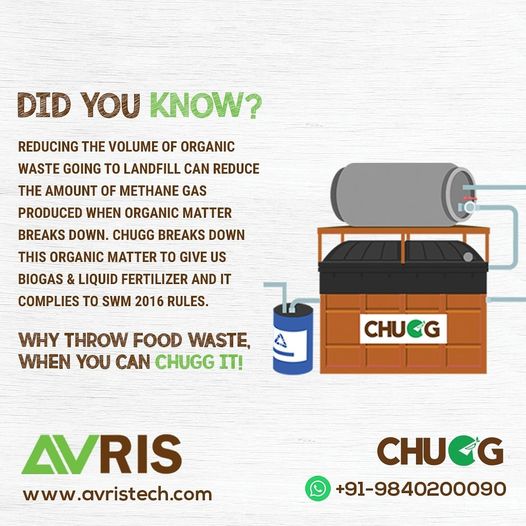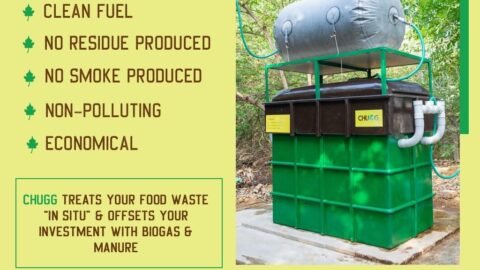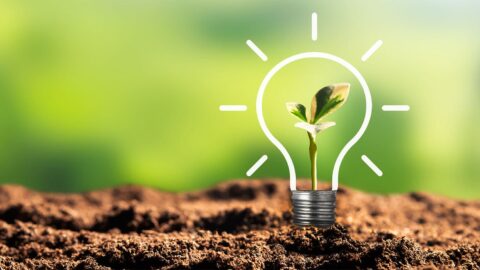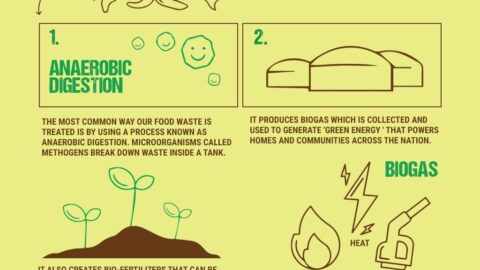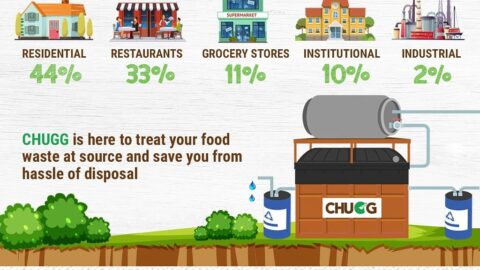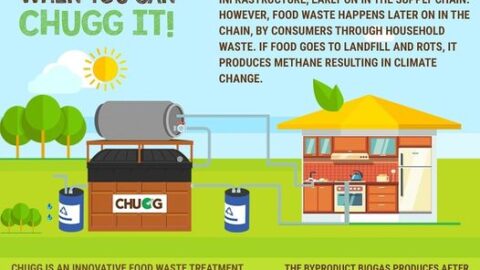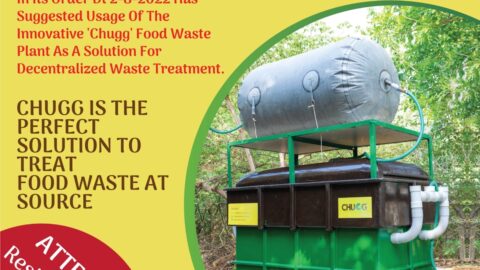Did you know about 6.7 million tons of food is wasted every year by households of India? Some of this food waste will be recycled, but most of it is diverted to landfills. Where it decomposes in the absence of oxygen to create methane, a powerful greenhouse gas. Methane hangs around the atmosphere for several years less than carbon dioxide but still, it traps more heat from the atmosphere, causing environmental hazards.
An increase in awareness of climate change and fossil energy decline is encouraging people to walk towards sustainable living and use more renewable energy. The advantages of Biogas are so evident which further encourages people to install a biogas digester in their own backyard. It is an environmentally friendly power source with zero net Greenhouse gas emissions. Even in this developed world, the potential of using Biogas as fuel has gone untapped among people.
The fact that we are wasting or losing one-third of the food produced and the issue of global warming has made people come up with many solutions all over the world. This led to the innovation of generating clean energy from food waste and garden waste. Organic waste recycling is one step further than composting by which you can actually convert your leftovers to renewable energy which can be used as cooking gas. This is possible with a biogas generator that can be installed in every household with enough backyard space to convert their organic wastes into biogas and soil conditioners.
AVRIS a Chennai-based start-up has developed an affordable and compact anaerobic digester named CHUGG- an innovative food waste treatment system in India. It converts your food waste, kitchen scraps, and garden waste into cooking gas and liquid fertilizer.
How does It work?
The food waste and kitchen scraps from your household are crushed and fed into CHUGG- an innovative food waste treatment system. Anaerobic digestion takes place ‘in situ’ which means at source. In the absence of oxygen the microorganisms breakdown the biodegradable waste material producing Biogas and liquid-fertilizers. The resultant Biogas then flows to the kitchen stove through pipelines.
It comes in two variants, CHUGG-35 which can treat 35kgs of food waste per day whereas, CHUGG-75 treats 75kgs of food waste per day. It is very user-friendly and highly-automated even kids can feed CHUGG easily without the elder’s assistance. The process takes 15-30 minutes to complete.
Make sure to feed CHUGG every day!
What can be fed to CHUGG?
CHUGG thrives on any kind of food waste and kitchen scraps. This includes meat, onions, eggs, citrus fruits including lemon. You can even feed CHUGG with rotten food as well.
What cannot be fed to CHUGG?
Oil (other than oil from plate waste) and any inorganic materials incl. plastics, paper, bottles as these wastes cannot breakdown and clog the digester.
By-products of CHUGG
The major ingredient of Biogas is Methane. It is one of the primary components of conventional natural gas used for cooking and heating. The amount of Biogas produced depends on how quickly the food waste breaks down and the size and quantity of food you feed CHUGG. It also varies depending on the type of waste and the environmental temperature. The resultant Biogas comprises 60% methane and 40% carbon dioxide that is similar to natural gas. CHUGG can yield up to 4cum of Biogas per 75kgs of food waste which is equivalent to 2kgs of LPG per day.
The residue of the digestion that comes out as sludge is named ‘Digested Bio-Slurry’. It is a liquid fertilizer that is odorless and rich in nitrogen, phosphorous, and Potassium. The Bio-Slurry obtained from CHUGG depends on the feeding and amount of water added to the food waste. Proper application of Bio-slurry on plants can enhance the growth of plants, and reduce weed growth by 50%.
Why CHUGG is good for household
CHUGG- Innovative food waste treatment system is modular, compact, and requires only limited space. This means if you have a small backyard or your terrace is more than enough to install CHUGG in your household. It is easy to install as no civil work is required also, you can relocate it whenever needed. Since it is modular you can increase the capacity of CHUGG when your waste output increases.
Finally, if waste disposal costs you money and environmental hazard then installing CHUGG can save you money and save you from the hassle of disposal. The Biogas produced by CHUGG can reduce up to 30% of LPG usage thereby reducing your LPG bills. Bio-Slurry which is obtained as a residue is in high demand which can be sold to organic farming entities. It is odorless, non-polluting, and at the same time, it does not consume power. This contributes to saving nature by eliminating the emission of methane into the atmosphere.
CHUGG-an an innovative food waste treatment system that complies with SWM 2016 rules. Therefore it is a sustainable solution not only for households but also for hotels, restaurants, and food industries making food waste management simple.
Click here to know how food waste treatment system help reduce greenhouse gas emission

